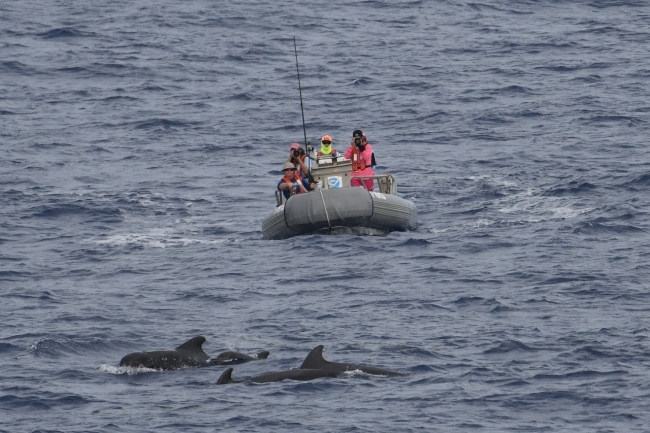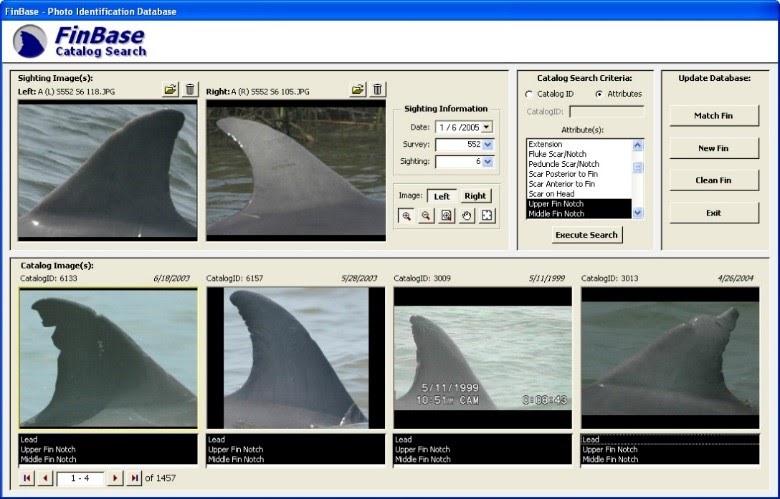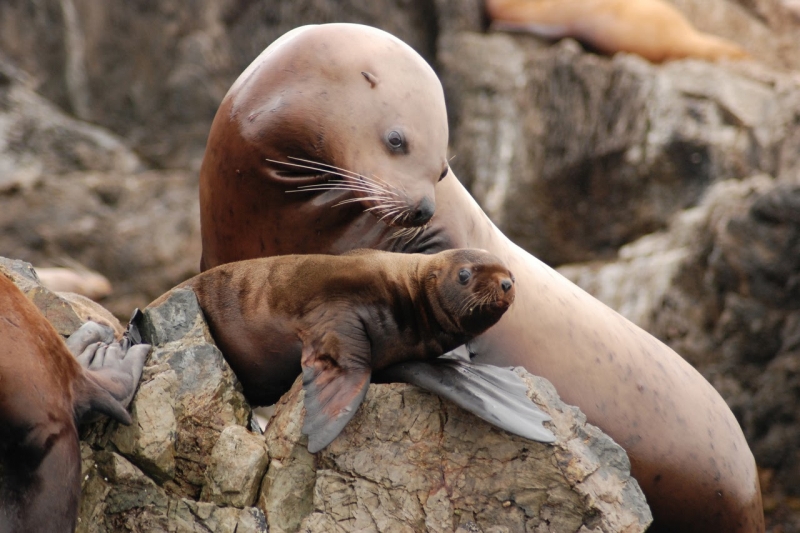
Since thousands of oil spills of varying sizes occur in U.S. waters each year, oil spill scientists must be prepared to respond to and assess the impacts of oil on marine mammals.
To do this, the NOAA has published: "Guidelines for Assessing Exposure and Impacts of Oil Spills on Marine Mammals," which is available for the public on the NOAA Central Library website. These guidelines provide a review of considerations for marine mammals under NOAA's jurisdiction, incorporating knowledge gained from previous oil spills.
We’ve selected three snippets of information from this document to illustrate the methods outlined in these new NOAA guidelines.
Studying Marine Mammals During Oil Spills
Scientists use a variety of methods, tools, and technologies to assess if or how marine mammals are injured by oil spills. Scientists use multiple methods to best understand impacts to wildlife, and NOAA experts strive to refine and innovate assessment methods to give the clearest possible picture.
Here are just three of the methods NOAA scientists can use:
Photo-ID
Many marine mammals naturally have distinctive coloration patterns or fin/fluke shapes, or they acquire distinctive markings (e.g., nicks, notches, scars) on their bodies, dorsal fins, or flukes that can be used to identify individual animals. Photo-identification (photo-ID) studies use photographs, generally obtained from boat-based surveys, to recognize and track individual animals over time and space.
The data from photo-ID studies can be used to document mortality and reproductive events. In addition, a variety of mark-recapture modeling approaches using photo-ID have been developed to estimate population survival rates and/or density and abundance
Remote Biopsy
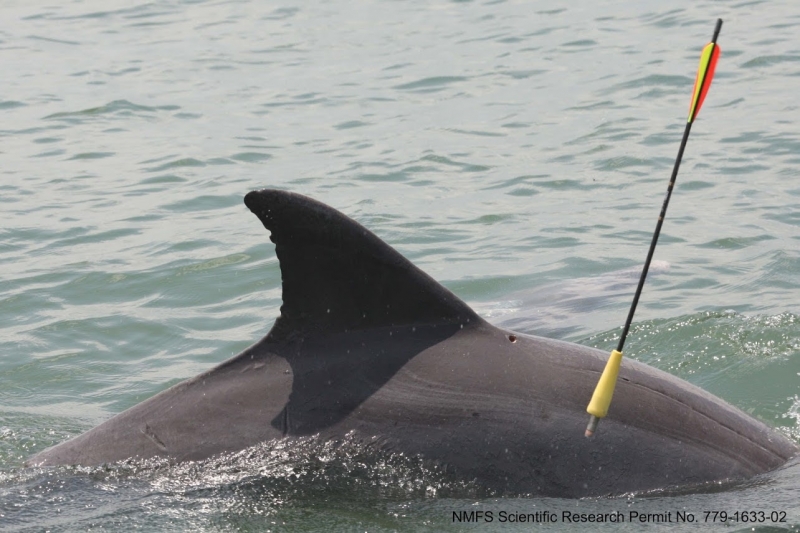 Remote biopsy collection is a technique used to collect skin and blubber samples using a pneumatic rifle, pole spear, or crossbow. Darts collect and hold the sample until it can be collected for processing.
Remote biopsy collection is a technique used to collect skin and blubber samples using a pneumatic rifle, pole spear, or crossbow. Darts collect and hold the sample until it can be collected for processing.
This method allows for a sample to be collected from a free-swimming animal with minimal disturbance. The sample can provide a wealth of information, including genetics (for species identification, sex, stock assignment, etc.), stable isotopes (for stock structure and dietary shifts), persistent pollutants, and hormones (for pregnancy rates). Evaluation of pregnancy can be followed up with photo-ID to determine reproductive success.
Capture-release Health Assessment
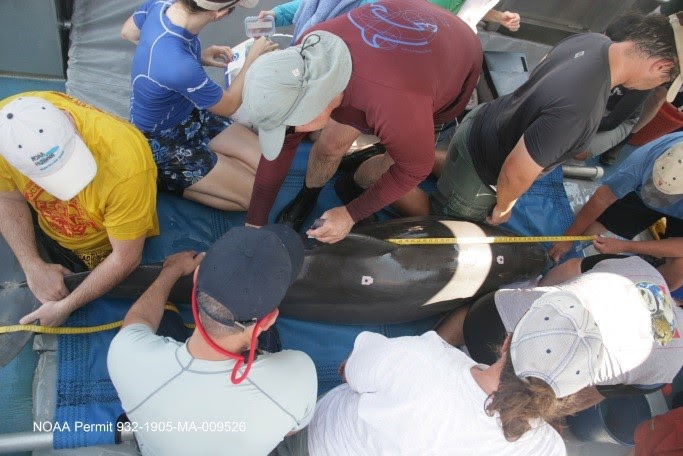 Hands-on sampling of animals for evaluating health status can be conducted for a limited group of seals, sea lions, and small dolphins and porpoises. Researchers can conduct a physical examination, ultrasound, collect blood or tissue samples, and mark individuals through tags or branding.
Hands-on sampling of animals for evaluating health status can be conducted for a limited group of seals, sea lions, and small dolphins and porpoises. Researchers can conduct a physical examination, ultrasound, collect blood or tissue samples, and mark individuals through tags or branding.
Information obtained from capture-release, such as the prevalence of disease conditions, specific physiological abnormalities, reproductive status of females, metrics on fetal health, or poor body condition, can be invaluable for documenting injury from oil exposure or other environmental factors. This allows for follow-up on individual animals for long-term evaluation of health and recovery.
Want to Know More?
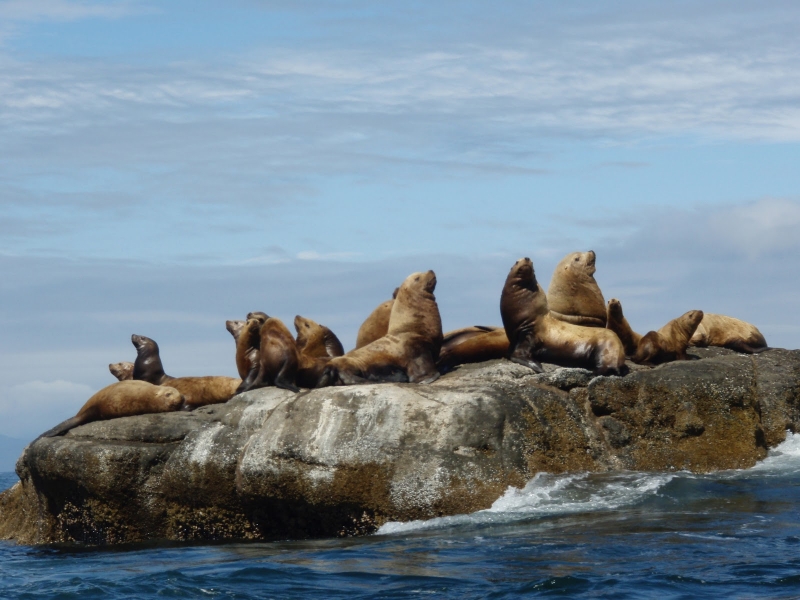 We have also produced a story map that overviews some of the information, tools, and figures found in the report. Explore the story map for even more information about responding to marine mammals during oil spills.
We have also produced a story map that overviews some of the information, tools, and figures found in the report. Explore the story map for even more information about responding to marine mammals during oil spills.
Or, read "Guidelines for Assessing Exposure and Impacts of Oil Spills on Marine Mammals" in its entirety for free online.
Although the needs of each oil spill are unique, these guidelines serve as a planning tool to use sound science to prepare for future spills. Experts at NOAA continue to work diligently with our partners, so when oil spill disasters strike we will be even better prepared to respond on behalf of marine mammals.

